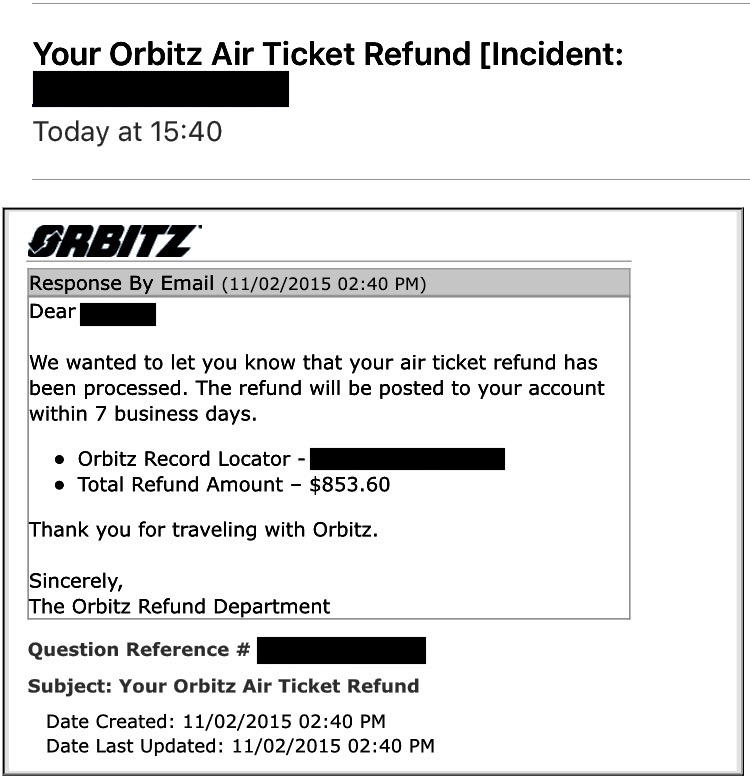
Expanding the topic from the first half of the article, I used an example where Mr. ABC (owner) withdrew $ 100 from his real estate business (XYZ Enterprises) for personal use. This transaction will result in a decrease in the XYZ Enterprises’ owners’ equity capital and a decrease in the enterprise’s Cash Balance. All transactions withdrawn from a withdrawal account have the same opposite credit as a cash account, as cash withdrawals require credit to the cash account. The item, money, or assets that the business owner removes from the business for his use are referred to as drawings.
We transfer the balance of all expenses and incomes in income statement summary. As a result, the balance of all these accounts will be zero and retained earning will be increase/decrease by the net figure and your temporary accounts will become zero and ready to use for next year. Capital account can be defined as the account that shows the balance of the amount contributed by the owners of the business entity.
Journal Entry: What is the journal entry for Owner’s Draw?
A debit balance in drawing account is closed by transferring it to the capital account. It does not directly affect the profit and loss account in any way. A drawing account holds any withdrawals from a business by its owners. In most cases, it includes a debit for the amount withdrawn by the owners.

They are cash or goods withdrawn by the owner(s) for personal use. It is also a withdrawal from the company’s account, as it is offset against the owner’s liability but is not considered a liability. Drawings will also appear on a cash flow statement because they reflect a financial activity that its accounting departments must appropriately report. However, the final balance of drawing account is transferred to impact of the drawing is the same as an expense which is a decrease in the equity. In this way we ll open a second temporary account named as ” Income Statement Summary “. If you are using Accounting software the transfer of Expenses, Drawings and Dividend automatically decrease retained earnings and transfer of Incomes will automatically increase retained earnings.
Income Statement
If you’re doing business as a sole proprietorship or partnership, there will more than likely come a time when you and/or your business partner will want to withdraw funds from your business for personal use. How can you do this through your small business accounting in a way that keeps your personal and business finances separate and organized? A good way is through the use of a drawing account (aka “owner’s draw”).
World Breastfeeding Week 2023: Tips to ensure effective nursing – WION
World Breastfeeding Week 2023: Tips to ensure effective nursing.
Posted: Tue, 08 Aug 2023 07:01:38 GMT [source]
Drawings are withdrawn from the business, mostly in cash form, for the owner’s personal expenses. When cash is retracted, it must be returned to the company by any means. Either the owner adds the amount of the annual drawing to the business bank account, or the equivalent value is reduced from the owner’s equity. In both circumstances, owners are held responsible for the transaction. A journal entry to the drawing account consists of a debit to the drawing account and a credit to the cash account. A journal entry closing the drawing account of a sole proprietorship includes a debit to the owner’s capital account and a credit to the drawing account.
Balance Sheet: Where are Owners’ Draws in the financials?
Because they keep track of business withdrawals over the course of a year, drawing accounts are crucial. This may be crucial for both basic accounting and tax considerations. Owners of these types of businesses are able to withdraw funds from their corporate bank accounts.
It is a natural personal account out of the three types of personal accounts. So, drawings are personal expenses and not business expenses. The accounting entry typically would be a debit to the drawing account and a credit to the cash account—or whatever asset is withdrawn.
It’s crucial to keep track of these disbursements when balancing corporate accounts because it’s useful for tracking taxes and an organization’s financial health. Every journal entry needs both a debit and a credit in accordance with double-entry bookkeeping. A debit to the drawing account must be countered by a credit to the cash account in the same amount because a cash withdrawal necessitates a credit to the cash account. For small firms withdrawals are ordinarily seen in the form of cash or business assets, however, if a business is incorporated they are often observed in the form of dividends or scrip dividends.

Drawing accounts do not appear on an income statement because owner’s withdrawals are not an expense, but a reduction of owners’ equity in a business. A drawing account is a financial account that records any drawings made by the owners of a business. A drawing account helps accountants track any profit distributions to the owners. Debits and credits are used in bookkeeping in order for a company’s books to balance. While debits bring about an increase in asset accounts and expense accounts, they bring about a corresponding decrease in liability, revenue, or equity accounts. For instance, a drawings account brings about a decrease in assets and equity accounts.
How to Record Drawings in Accounting
An opposing account to the owner’s equity is a drawing account. Because owner withdrawals imply a reduction of the owner’s equity in a business, the debit balance of the drawing account is in contrast to the anticipated credit amount of an equity account of an owner. As stated above, a drawing account is a contra-equity account. However, it reduces the owners’ equity reported in the statement.

These withdrawals are made for personal use rather than business purposes, albeit they are treated significantly differently than employee wages. For example, David owns the company, and he withdraws $2,000 every month for his personal use. This money is part of the business’s revenue generated from business operations. David uses the money for purchasing any items that are not related or used for the business, such as clothing, etc.
Journal Entry for Drawings of Goods or Cash
As a reduction in the assets that are equivalent to the withdrawn amount, drawings have an impact on the company’s financial statements as reflected therein. It also represents a reduction in the owners’ equity as the owner is essentially cashing in on a small piece of their entitlement to the company. On the cash flow statement also, drawings will show up since they represent a type of financial activity. This calls for the need for a company’s account department to accurately record them. The debit balance of the subscription account is different from the expected balance of the owner’s equity account because the owner’s withdrawal reduces the company’s equity. Every journal entry must include debit and credit by double-entry bookkeeping.
Liverpool transfer complication emerges as £21m Andre deal hangs in the balance – Express
Liverpool transfer complication emerges as £21m Andre deal hangs in the balance.
Posted: Sat, 05 Aug 2023 10:13:00 GMT [source]
The amounts of the owner’s draws are recorded with a debit to the drawing account and a credit to cash or other asset. At the end of the accounting year, the drawing account is closed by transferring the debit balance to the owner’s capital account. A drawings account is simply an accounting record that is maintained to track money and other assets that owners withdraw from the business. As earlier stated, it is primarily applicable to sole proprietorships and partnerships.
The balance of the Income Summary account is transferred to the _____ account. Typically, the relevant General Ledger account is referred to as drawings. Another example of contra equity is Treasury Stock, which is an account that records buybacks made by listed companies to repurchase their own shares from investors in the open market. Emilie is a Certified Accountant and Banker with Master’s in Business and 15 years of experience in finance and accounting from corporates, financial services firms – and fast growing start-ups. Fifteen years after its fire-sale purchase of Lehman Brothers’ core assets jump-started its investment-banking business, the British lender is still trying to find its footing. Capital refers to money invested in a firm by any individual or group.
- Since the capital account and owner’s equity accounts are expected to have credit balances, the drawing account (having a debit balance) is considered to be a contra account.
- So how to enter the books of accounts matters so as to avoid accounting errors.
- This indicates that the drawings account is a temporary account.
- An entry that debits the drawing account will have an equal and opposite credit to the cash account.
The drawing account is principally a contra-account to the capital account section. All drawings are eventually closed in the equity account (capital accounts). It is treated as an expense throughout the accounting period for convenience, but it is ultimately a track of the owner’s actions. A drawing account is an accounting record maintained to track money and other assets withdrawn from a business by its owners.
